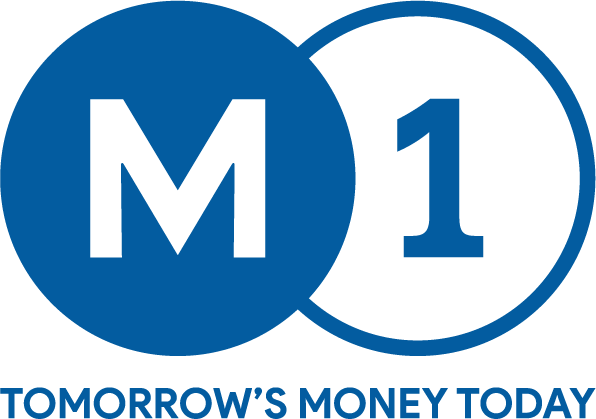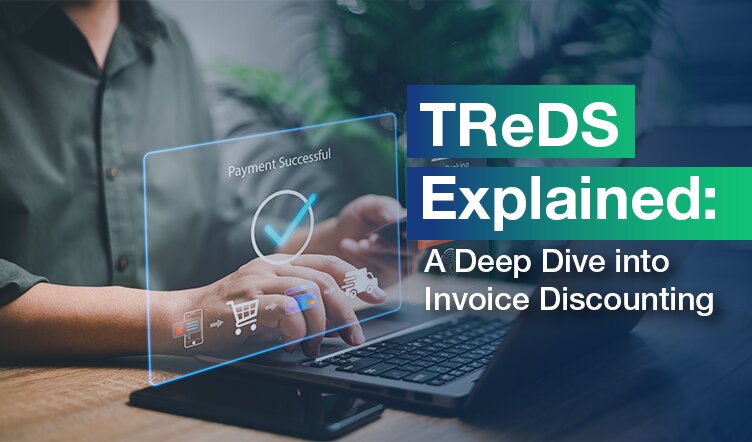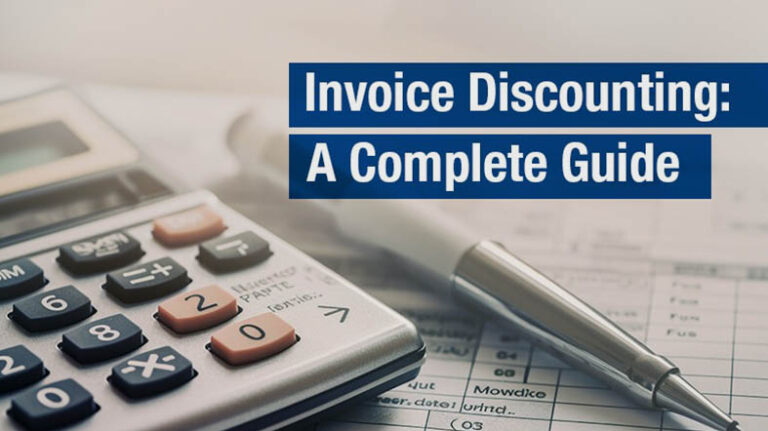Invoice discounting is the practice of using a company’s unpaid accounts receivable as collateral for a loan, which a finance company issues. Even banks earmark a part of their working capital loans against outstanding invoices of borrowers and adjust the limit based on payment received. A loan against outstanding invoices is a common enough practice. Since invoices are raised against services rendered or products supplied, the recipients of such services or products pay the seller with a lag, usually a short window of a few weeks or months. Invoice discounting, therefore, is used as means of raising short-term working capital by recipients.
In the case of Invoice discounting, the financier keeps a margin based on its perception of the borrower’s risk-bearing capacity. In the case of a finance company offering only Invoice discounting finance, the costs for the borrower increase on risk perception and the urgency of funds needed. A financier earns profit in the form of commission charged and the discounting factor due to carrying the risk of collections after the due date. While the practice of Invoice discounting has familiar enough, the entire process depends on borrower-lender relations and their mutual comfort. The process has not been much transparent and straightforward for the fund starved small and medium
sector units.
Keeping in view the need to facilitate funds flow to the small and medium sector in 2009, NSE set up NTREES, an online bill discounting platform, with SIDBI as a single financier. ENTREES was based on the Reverse Factoring model followed by NAFIN in Mexico. NAFIN (Nacional Financiera) aims to contribute to Mexico’s economic development by facilitating access of MSMEs, entrepreneurs, and priority investment projects to financing and other business development services. To strengthen and broaden basing the facilities, RBI floated a concept paper for launching Electronic Bill
Discounting Exchange in 2013 and issued TReDS guidelines in December 2014.
Realizing the importance of easy short-term finance for the critical sector of the economy, RBI created TReDS, Trade Receivable Discounting System, an online exchange. The aim was to facilitate discounting of invoices and Bills of Exchange on a PAN India basis. TReDS were meant to provide MSMEs working capital at competitive rates through an open bid process and multiple financiers. Initially, three operators set up TReDS platforms, NSE-SIDBI promoted RXIL or Receivable Exchanges of India, Mynd Solution’s M1 Exchange, and Invoicemart, launched by “A. TReDS,” a joint venture of Axis Bank and B2B e-commerce company MJunction services. Interestingly for M1xchange, it was a
foray into the financial technology field with strong tech backing and knowledge of the MSME sector, unlike the other two platforms floated by essentially prominent finance sector participants. Given the critical importance of the MSME sector in providing gainful employment to millions and contribution to the Gross Value Added (GVA) in All India Gross Domestic Product, the government amended the Factoring Regulation Act during the current year’s (2021) monsoon session of the Parliament.
India’s Central Statistics Office estimated that the share of MSME GVA in All India Gross Domestic Product at current prices (2011-12) for 2018-19 and 2019-20 were 30.5% and 30.0%, respectively. The share of the MSME manufacturing in All India manufacturing gross value output during the year 2018-19 and 2019-20 were 36.9% and 36.9%, respectively. Further, according to the Directorate General of Commercial Intelligence and Statistics, the export share of specified MSME-related products to All India exports during 2019-20 and 2020-21 was 49.8% and 49.5%, respectively. As per the 73rd Round of NSS Report on Unincorporated Non-Agricultural Enterprises’ (July 2015- June 2016) conducted by the Ministry of Statistics & PI, the estimated number of workers in the MSME sector was 11.10 crore. No wonder the government felt it necessary to ease financing options for the
MSME sector
The Factoring Regulation (Amendment) Bill passed in 2021 amended the Factoring Regulation Act,The new law is expected to improve credit availability to MSMEs since it eased the entry of more non-banking financial companies (NBFCs) in providing factoring services to MSMEs by joining TReDS platforms. Factoring, to explain to a non-specialist, is an arrangement where a business sells its receivables (outstanding bills of sale against which it is yet to collect cash) to an interested buyer. The buyer who purchases the receivables from the business later gathers money from the party that owes these bills. The buyer makes a profit since he usually purchases the outstanding receivables at a discounted price from the seller.
TReDS created a systematic digital platform for recourse of Invoice discounting by the MSME sector. The system is simple. Once MSME suppliers deliver the goods/services to their clients, the supplier logs in and upload the invoices validates invoices, converts them to the factoring unit, and publishes them for acceptance on TReDS. The buyer too logs in and accepts the invoices, and the TReDS platform publishes the factoring team for bidding. Finally, financiers bid against the factor. With the permission of NBFCs to join TReDS, there will now be a large number of bidders ready to join bids, thus increasing liquidity for the Invoice discounting facility. According to Finance Minister Nirmala Sitharaman, the amended law will bring over 9,000 NBFCs into the factoring business. Earlier, RBI allowed only NBFCs whose primary company was factoring receivables, meaning that more than 50% of their balance sheet consisted of factoring-related assets, to offer factoring services. This meant that only a total of seven large NBFCs were deemed eligible to engage in factoring through TReDS. This apart, the government made two important announcements. First was calling companies with a turnover of Rs 500 crore or more to join TReDS platforms. Ministry of Corporate Affairs drew up a list of 4599 companies, and the annual report of MSME mentioned that so far, 1461 companies had
registered themselves on the TReDS platform. The government asked all CPSUs to onboard on the TReDS Platform, and 170 CPSEs have joined. But the quantum of Invoice discounting by government-owned units and departments are a mere 5 percent of Rs 46000 crores worth transactions put through the TReDS platforms. Procedural delay in accepting invoices by government sector buyers is a big handicap.
Invoice discounting through digital TReDS platforms have the potential to emerge as the most successful funding mechanism for business. The process is quick, transparent, and straightforward. This weeds out any corrupt practices which were associated with Invoice discounting, which were non-regulated and non-transparent. Any economy thrives on smooth, rule-bound, and fast adoption of the fund exchange model. Invoice discounting through TReDS, as observed from the four years of the Indian experience, serves the needs. Hence there are regulatory efforts to expand the system by India, which is targeting to emerge among the top three economies in the world.
Also read these – Working capital financing, SME Finance, Invoice Financing, Accounts Receivable Financing, Supply chain financing
Last modified: November 27, 2024















